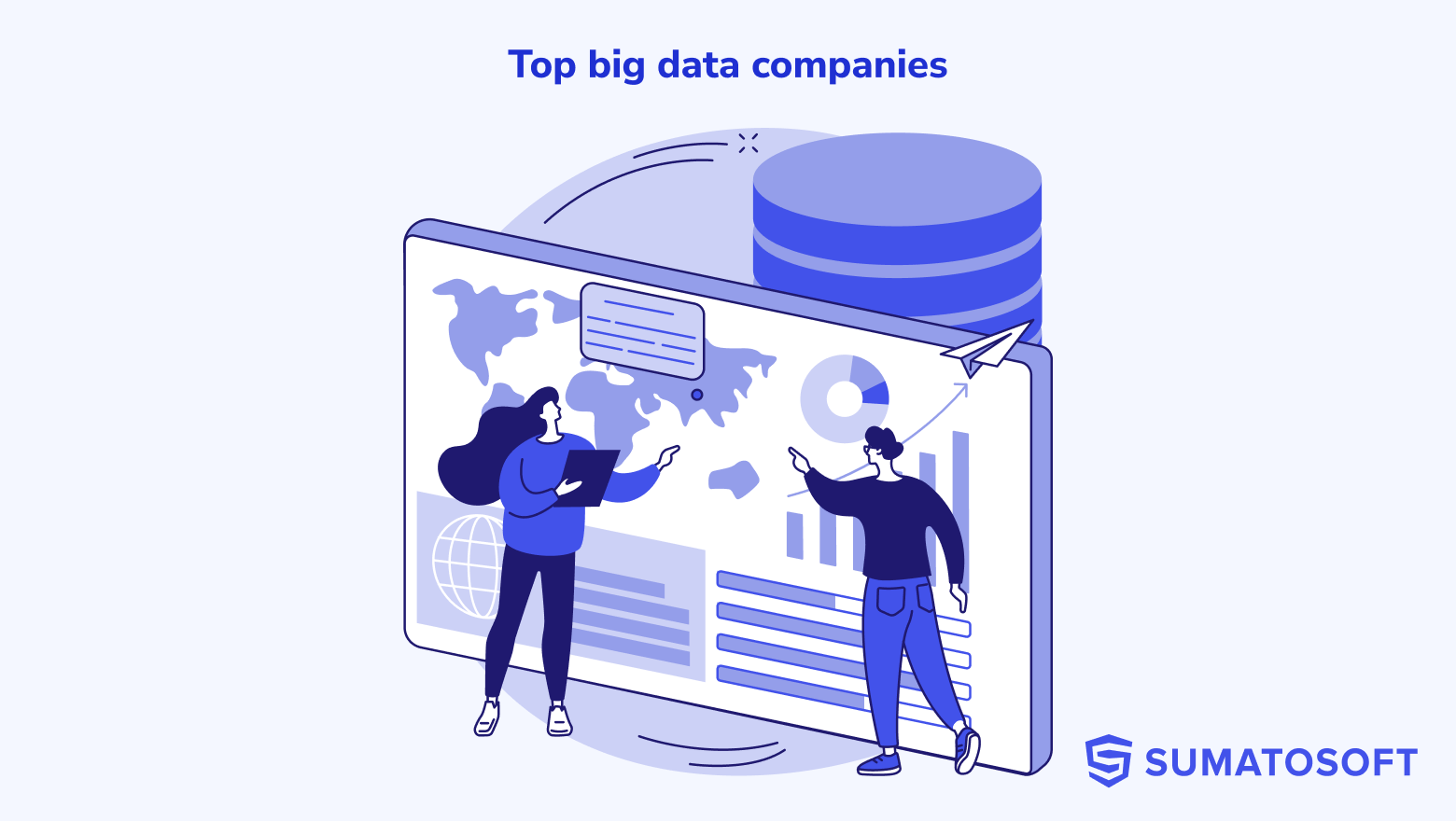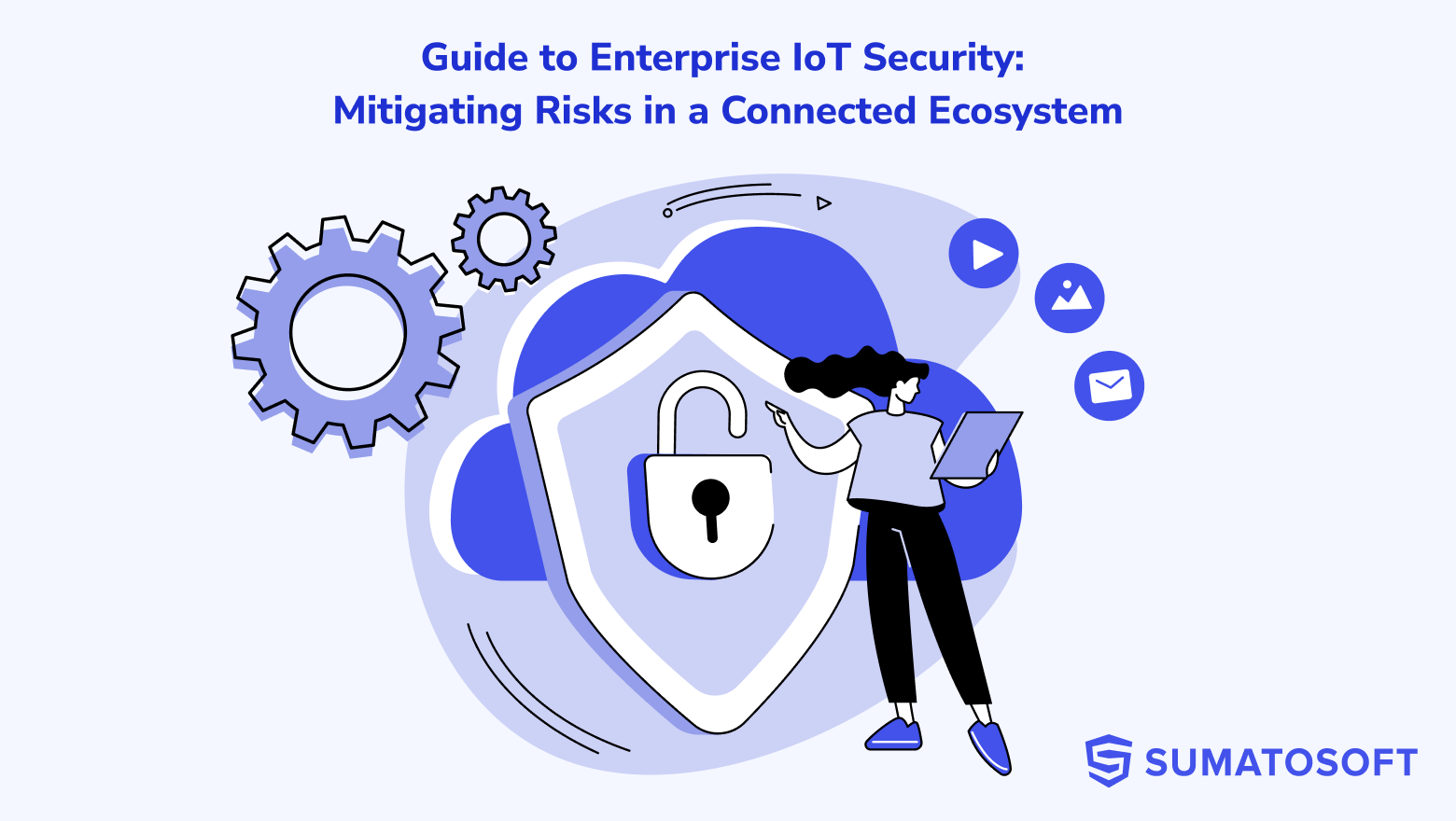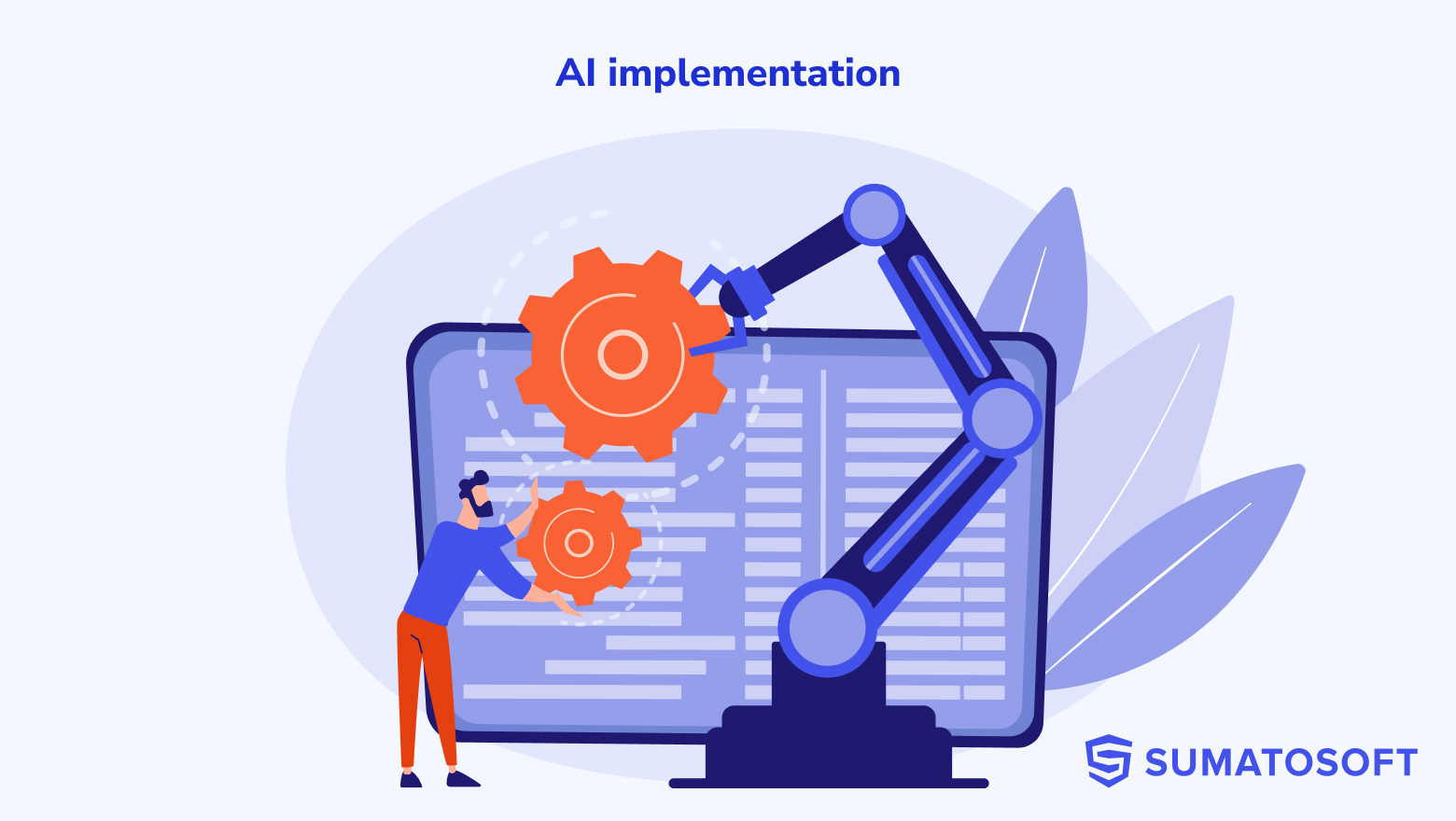Key Strategies: for Construction Equipment Management

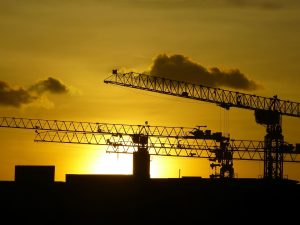
Managing construction equipment effectively is crucial for both construction companies and equipment lenders. A well-executed construction equipment management strategy can significantly impact project success and overall business profitability. Studies show that the maintenance of construction equipment plays a role in about 40% of total project overrun costs. Given the stakes, it is essential for construction managers to ensure that the cost of the equipment pays off in the long run.
Both construction companies and equipment lenders face numerous expenses associated with equipment operation, maintenance, usage, and storage. Abd managers are expected to make decisions that will lead to the highest return on investments. It’s a tough call.
In this article, we will discuss the benefits of proper construction equipment management, effective strategies for managing equipment, and the role of technology in optimizing equipment management. We know the topic we are talking about since we at SumatoSoft built a system for effective construction equipment cost management. So we will share insights to guide your approach to building your own system.
Benefits of Proper Construction Equipment Management
Proper construction equipment management offers numerous benefits for both construction companies and equipment lenders, ultimately leading to reduced costs, increased profits, and more efficient operations.
Reduced Costs and Increased Profits
Effective management of construction equipment can help construction managers optimize expenses related to equipment operation, maintenance, usage, and storage. This ensures that the cost of the equipment is justified in the long run and that it generates a high ROI. Equipment lenders, too, can increase their profits by offering competitively priced rental or leasing rates based on accurate cost assessments.
Optimized Equipment Utilization
Both construction companies and equipment lenders benefit from optimizing the use of their equipment. Proper management ensures that equipment is available when needed, minimizes idle time, and maximizes the equipment’s lifespan, contributing to better overall utilization.
Improved Project Planning and Scheduling
Construction companies that are effectively managing construction equipment can plan and schedule their projects more accurately. This includes allocating equipment and resources appropriately, ensuring that project timelines are met, and avoiding costly delays or downtime.
By implementing proper construction equipment management practices, both construction companies and equipment lenders can reap significant benefits. These benefits ultimately lead to greater efficiency, profitability, and overall business success.
5 Strategies for Effective Construction Equipment Management
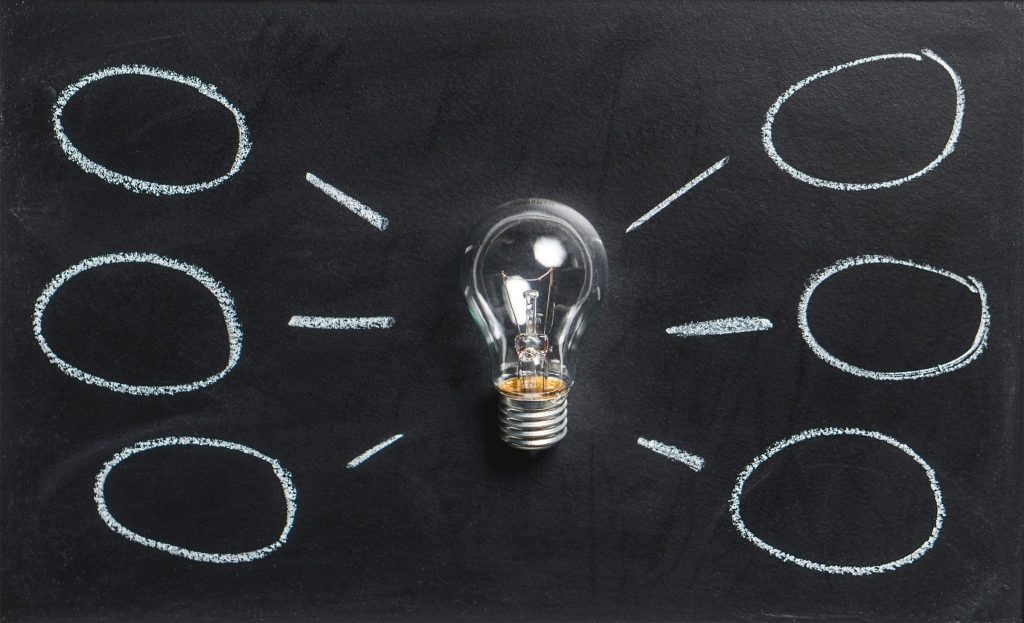
Strategy #1: Proper Storage and Transportation Conditions
Ensuring that construction equipment is stored in appropriate conditions and transported safely helps prevent damage and wear, prolonging the equipment’s lifespan and maintaining its performance. For example, heavy equipment like excavators and bulldozers should be stored on level ground and protected from the elements, while smaller tools like power drills and saws should be stored in secure, dry toolboxes or storage rooms. To find the recommended storage conditions for specific heavy equipment, consult the equipment manufacturer’s guidelines, user manuals, or contact the manufacturer’s customer support for guidance.
One of the way to secure the equipment is to use the Internet of Things. IoT affected logistics in terms of storage and transportation, the construction companies could apply the same principles to equipment monitoring.
Strategy #2: Regular Preventive Maintenance and Monitoring
Effective equipment management involve two key aspects: conducting inspections after use and implementing constant monitoring and preventive maintenance based on the monitoring data. Monitoring should include tracking equipment usage, performance, and wear, as well as analyzing this data to identify patterns that may indicate a need for preventive maintenance. For example, if a crane’s hydraulic system shows signs of decreased pressure or increased operating temperature, it may require a preventive inspection and maintenance to avoid a major failure.
However, failures still may happen. In that case, having a backup plan or contingency for equipment failures is an extremely good idea.
Strategy #3: Use Anti-Theft Measures
Implement security measures, such as GPS tracking, locks, surveillance systems, and strict access control policies for equipment storage areas. It helps protect valuable equipment from theft, reducing replacement costs and potential project delays. According to the National Insurance Crime Bureau’s Annual Theft Report, when it comes to managing construction equipment, theft is a significant problem. Annual estimates of the cost of equipment theft vary from about $300 million to $1 billion in the US only, with most estimates in the range of $400 million.
Strategy #4: Equipment Lifecycle Planning
Effective equipment management involves understanding each piece of equipment’s lifecycle from acquisition to disposal. This includes factoring in maintenance, repairs, and replacement costs, as well as determining the most cost-effective time to retire or sell equipment. For instance, when planning for equipment replacement, consider factors such as increasing maintenance costs, decreasing performance, and technological obsolescence.
Strategy #5: Training and Safety
Ensuring that operators are adequately trained and knowledgeable about equipment safety reduces the risk of accidents, equipment damage, and project delays. Regular safety training and certification programs can help maintain high safety standards. Examples of recognized certification programs include the Occupational Safety and Health Administration (OSHA) training courses and the National Commission for the Certification of Crane Operators (NCCCO) certification programs.
The Role of Technology in Construction Equipment Management

The construction industry has seen the introduction of various technology solutions that significantly impact equipment management processes. These solutions can be categorized into the following types:
- Automated Asset Management Systems
These systems help track and manage construction equipment throughout its lifecycle, from acquisition to disposal. They provide real-time data on equipment location, condition, and maintenance history, facilitating better decision-making and resource allocation. Some popular automated asset management systems include:
- Asset Panda
- CHEQROOM
- EZOfficeInventory
- Fiix
- UpKeep
- Construction Management Software
Construction management software focuses on streamlining construction processes, improving project management, and enhancing communication and collaboration among team members. This specialized software often includes features such as project scheduling, task management, document management, budgeting, cost control, and collaboration tools. Some popular construction management software solutions are:
- Procore
- PlanGrid (by Autodesk)
- Buildertrend
- Viewpoint
- CoConstruct
- ERP Solutions for the Construction Industry
ERP systems provide a unified platform for managing an organization’s resources, processes, and data. They can be customized to cater to specific industries, including construction. ERP solutions for the construction industry may include modules for financial management, project management, procurement, human resources, and equipment management. Some popular ERP solutions for the construction industry are:
- Oracle NetSuite
- SAP S/4 HANA
- Odoo
- Microsoft Dynamics 365
- Sage 300 Construction and Real Estate
- Infor CloudSuite Industrial
For more information on this topic, read our article about best SaaS ERP solutions. These ERP solutions refer to off-the-shelf systems that multiple companies use. Sometimes it’s reasonable to build a custom solution. We at SumatoSoft could help here with our custom enterprise software development services. Feel free to contact us for further details.
- IoT-Powered Platforms
Internet of Things (IoT) technology has a significant impact on managing construction equipment. IoT-powered platforms use connected devices and sensors to collect real-time data on equipment performance, location, and usage. This data can be analyzed and used to optimize equipment maintenance schedules, monitor equipment health, and improve overall operational efficiency. IoT platforms also enable predictive maintenance, which can prevent equipment downtime by identifying potential issues before they escalate. Some popular IoT-powered platforms for construction equipment management are:
- Uptake
- ThingWorx (by PTC)
- Losant IoT Platform
- Cumulocity IoT
- ClearBlade IoT Platform
In addition to these software solutions, mobility and cloud technologies play a significant role in construction equipment management. They provide the following advantages:
- Remote access: Mobile applications and cloud-based platforms allow construction managers and equipment lenders to access equipment data and management tools from anywhere, streamlining communication and collaboration across teams.
- Scalability: Cloud-based solutions offer a scalable infrastructure, enabling construction companies and equipment lenders to adapt their equipment management systems to evolving needs and growing business operations.
- Data security and backup: Cloud-based platforms ensure data security through encryption and provide regular data backups, protecting valuable equipment management information from loss or unauthorized access.
- Real-time collaboration: Mobile and cloud technologies facilitate real-time communication and collaboration between team members, helping construction companies and equipment lenders make timely decisions and efficiently manage their equipment resources.
By leveraging these technology solutions, construction companies and equipment lenders can improve their equipment management practices, minimize costs, optimize equipment utilization, and enhance overall project outcomes.
How to Build an Effective Construction Equipment Cost Calculation and Management System
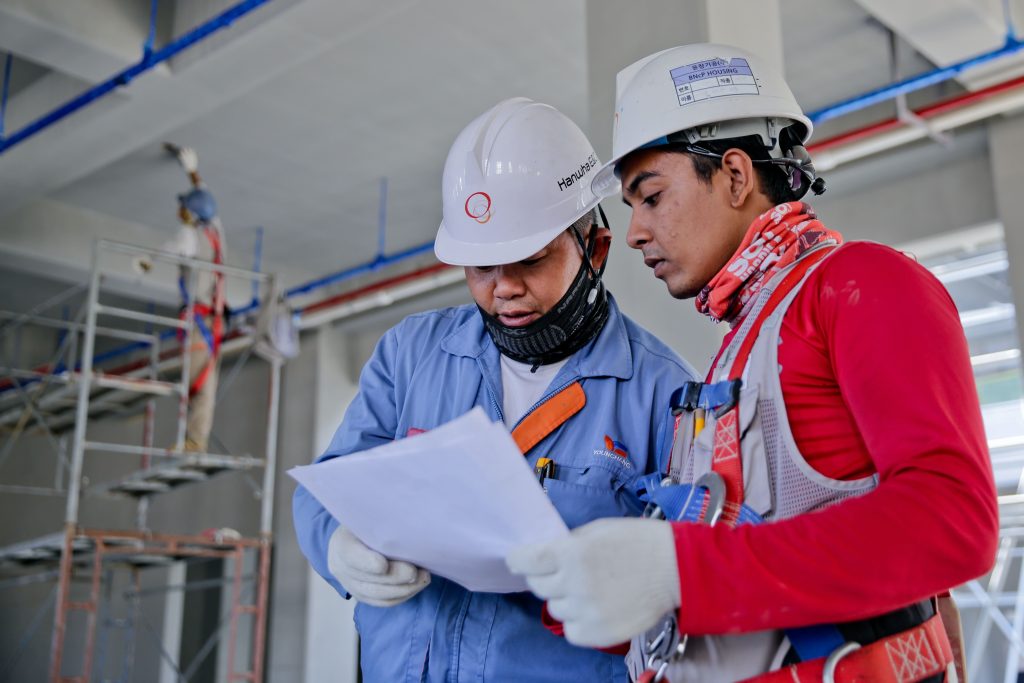
Building an effective construction equipment cost management system requires a combination of strategic planning, financial analysis, and technological solutions. Here, we will share our expertise, drawing from the experience of SumatoSoft, which built a system for effective construction cost calculation and management.
Add a short intro here. Add that the company SumatoSoft built a system for effective construction cost management and here we are sharing our expertise.
Step #1: TCO as the Basis of Cost Management
Total Cost of Ownership (TCO) plays a crucial role in calculating equipment charge rates as it provides a comprehensive view of the direct costs associated with owning, operating, and maintaining the equipment. TCO takes into account various factors that contribute to the overall cost of construction equipment, making it an essential metric for informed decision-making.
Parameters included in TCO are:
- Acquisition cost – the initial purchase price of the equipment or the cost to lease or rent the equipment.
- Operating costs – the expenses associated with running the equipment, such as fuel, oil, and lubricants, tires and tracks, permanent attachments (such as a machine control system like Trimble, location tracking devices, radio).
- Maintenance and repair costs: Regular preventive maintenance, as well as the cost of unscheduled repairs and replacement of parts. Here must be included both corrective and preventive maintenance, parts for replacements, supplies, fluid, labor, parats, fluid, suppliers
- Labor costs: The wages and benefits of operators and maintenance personnel.
- Fees: The cost of insuring the equipment and any taxes associated with ownership or usage, licenses.
- Depreciation and interest: The reduction in the equipment’s value over time and the cost of financing the purchase or lease.
- Storage and transportation costs: Expenses related to the storage and transportation of the equipment to and from job sites.
- Disposal costs: The cost of selling, trading in, or scrapping the equipment at the end of its useful life.
By considering all these parameters, TCO provides a holistic view of the costs associated with construction equipment, allowing construction companies and equipment lenders to make informed decisions and calculate accurate equipment charge rates.
Step #2: Equipment Charge Rates Calculation for Construction Bidding
Calculating accurate equipment charge rates ensures a profitable return on investments. Inadequate or incorrect cost calculations can lead to poor returns, negatively affecting both construction companies and equipment lenders.
As for construction bidding, charge rates help both construction companies and equipment lenders make informed decisions on project costs and equipment utilization. Accurate charge rates allow for better cost estimation and profit estimation. Spending time on accurate charge rate calculation results in two major benefits:
- The equipment lender company verifies if the current structure of expenses is effective and leads to competitive charge rates. Charge rates that exceed the current rates on the market may signal that the company’s cost structure is exaggerated.
- Accurate charge rates facilitate skipping unprofitable deals with understated prices.
To calculate charge rates and total costs effectively, consider the following methods:
- Direct cost method: Building on the TCO calculations from Step 1, the direct cost method involves allocating the total cost of ownership for each piece of equipment to specific projects based on usage. This includes the costs associated with operation, maintenance, storage, and more. By determining the accurate charge rates using TCO, companies ensure their bids reflect the true costs associated with the project, making them more competitive and attractive to clients.
- Inclusion of indirect costs: In addition to direct costs, also consider indirect costs like General and administrative (G&A) expenses. G&A expenses are indirect costs that are necessary for the overall functioning of a construction company. G&A expenses can include items such as salaries and wages for management and administrative staff, office rent and utilities, insurance, legal and accounting fees, and marketing expenses, among others.
- Consider the utilization rate: Equipment utilization rate is the percentage of time the equipment is expected to be used during its economic life. Considering the utilization rate in charge rate calculations helps to account for periods when the equipment may be idle, ensuring the charge rate reflects the actual productive use of the equipment.
Example of the Charge Rate Calculation

To demonstrate how charge rates are calculated, let’s consider a hypothetical scenario. Suppose a construction company has calculated the TCO for a piece of heavy equipment to be $120,000 per year. The company expects to use the equipment for 2,000 hours during the year, and the G&A expenses for the company amount to $50,000 per year. let’s also assume the construction company wants to achieve a 20% profit margin on the equipment
To calculate the charge rate with the profit margin included:
- Calculate the cost portion of the charge rate (TCO and G&A expenses):
Cost Portion = (TCO / Total Usage Hours) + (G&A Expenses / Total Usage Hours)
Cost Portion = ($120,000 / 2,000) + ($50,000 / 2,000)
Cost Portion = $60 + $25
Cost Portion = $85 per hour
- Calculate the profit margin portion of the charge rate:
Profit Margin Portion = Cost Portion * Profit Margin Percentage
Profit Margin Portion = $85 * 0.20
Profit Margin Portion = $17 per hour
- Calculate the final charge rate by adding the cost portion and the profit margin portion:
Charge Rate = Cost Portion + Profit Margin Portion
Charge Rate = $85 + $17
Charge Rate = $102 per hour
In this example, the charge rate with a 20% profit margin included would be $102 per hour.
Step # 3: Consider External Risks and Address Them
We’ve already examined such risks as equipment failures, theft, poor employee training, fluctuation in equipment usage. Now le’ts focus on the external factors that construction and lender companies may not have direct control over but should still consider when managing construction equipment costs:
- Inflation: The general increase in the price level of goods and services over time can affect the purchasing power of money and lead to higher costs for equipment, materials, and labor.
- Currency fluctuations: Changes in the exchange rate between the company’s domestic currency and the currencies of other countries can impact the cost of imported equipment or materials, as well as the competitiveness of the company’s services in foreign markets.
- Changes in interest rates: Interest rate fluctuations can affect the cost of borrowing for financing equipment purchases or other capital investments, as well as the return on investments in financial instruments.
- Changes in government regulations and policies: New or amended regulations, such as safety or environmental standards, can affect the cost of compliance and may require additional investments in equipment or training.
- Taxation changes: Alterations to tax laws, such as changes in depreciation rules or tax rates, can impact the after-tax cost of owning and operating equipment.
- Supply chain disruptions: Factors such as natural disasters, geopolitical events, or labor disputes can disrupt the supply chain, leading to increased costs or delays in obtaining equipment or spare parts.
- Technological advancements: Rapid advancements in technology can lead to the obsolescence of existing equipment or create new opportunities for more efficient and cost-effective equipment.
Strategies to Address External Risks

To address the risks associated with external factors, construction companies can implement the following strategies:
- Regularly monitor and analyze economic indicators and market trends: Stay informed about inflation rates, interest rates, currency fluctuations, and other economic indicators that may impact equipment costs. Use this information to make informed decisions and adjust equipment management strategies accordingly.
- Diversify suppliers and markets: Avoid over-reliance on a single supplier, market, or currency by sourcing equipment and materials from a variety of sources and engaging in projects across different markets. This can help mitigate the impact of supply chain disruptions and currency fluctuations.
- Develop flexible financial plans: Create financial plans and budgets that accommodate potential fluctuations in interest rates, taxation, and other economic factors. This may include maintaining adequate cash reserves, securing lines of credit, and exploring alternative financing options.
- Stay informed about changes in regulations and policies: Keep up to date with changes in government regulations and policies that may affect equipment costs. Implement necessary adjustments to comply with new regulations and explore ways to minimize the cost of compliance.
- Optimize equipment utilization: Monitor equipment utilization rates and adjust construction equipment managing strategies to match changes in market demand. This may involve adjusting the size and composition of the equipment fleet, renting or leasing equipment during periods of high demand, or selling underutilized equipment.
- Invest in training and technological advancements: Keep up with technological advancements in the construction industry and invest in training to ensure that employees can effectively use new equipment and technology. This can help improve efficiency, reduce costs, and maintain a competitive edge in the market.
- Implement contingency plans: Develop contingency plans for potential supply chain disruptions, changes in market demand, or other unexpected events. These plans should outline alternative suppliers, methods of operation, or equipment options to ensure that the company can quickly adapt to changing circumstances.
By proactively addressing these risks, construction companies can better manage equipment costs, minimize financial uncertainties, and ensure the long-term success of their projects.
Step #4: It’s Meeting Requirements that Matters, not the Tech Choice
Software is a tool that helps to build an effective cost calculation and management system. The tech stack doesn’t really matter here both when building a custom system or when choosing the existing SaaS or on-premise solution. We, at SumatoSoft, built a custom system for accurate cost calculation and construction equipment managing using Java, React, Typescript, Highcharts, Material Ui.
Our choice was determined by the business requirements rather than some ideas of using the best technologies.
Java was responsible for fast performance on the backend, React for fast UI updates in real-time, Highcharts for fancy and informative visualization, Material UI… Well, it’s just the Client’s personal preference.
What matters is:
- The desired functionality.
- The scalability.
- Interaction options with other systems and tools.
- Ease of use.
- Ease of maintenance.
- Security.
- Customizability.
To understand what we mean better, feel free to read our article with tips on making good requirements.
Finally, we have some universal advice:
Target to build a well-designed architecture. We recommend using microservers since every module can be easily adapted, modified, or expanded.
Step #5: Adapting to Diverse Equipment Types and Properties

Construction equipment can vary significantly in terms of specifications, properties, and operational requirements. For example, when we developed a custom equipment cost management system, we took this diversity into account by including a wide range of parameters. Some of these parameters were common and applied to groups of equipment, while others were unique and customized for each individual piece. This flexibility ensures that the system can effectively manage costs for various equipment types and cater to the unique characteristics and requirements of each piece. By offering a highly adaptable solution, the system remains relevant and efficient in meeting the diverse needs of the construction industry.
Step #6: Ensuring High System Performance for Efficient Calculations
When managing a large fleet of construction equipment, it’s crucial to have a system that can handle changes in calculations quickly and efficiently. For example, when updating a general parameter like interest rates, the change will affect all equipment pieces within the fleet. With potentially thousands of equipment pieces and various sheets and charts in the system, these calculations could take a significant amount of time. To prevent delays and maintain smooth operations, it’s essential to ensure that the system performance is consistently high. This allows for timely adjustments and adaptations, ultimately leading to more effective equipment cost management.
Step # 7: Utilizing Effective Visualization and Analytics for Enhanced Equipment Management
Aiming to effectively managing construction equipment costs, it’s essential to have a system that features a variety of visualizations and analytics to better present the vast amount of information to users. Cost mapping techniques, for example, allow managers to visualize and analyze costs across different projects, equipment types, and timeframes. Some other useful visualizations include equipment utilization rate charts, real-time tracking and monitoring of equipment, property tables, and employment schedules. By providing informative visualizations, equipment management systems can help managers make better-informed decisions and optimize their equipment usage.
There are many visualization libraries available that can be easily customized and integrated into equipment management systems, such as Highcharts, which we used in our project. These libraries offer a wide range of visualization options, enabling the development of a comprehensive and user-friendly system. If you would like to know more, we wrote an article with data visualization best practices. Feel free to read.
Advice: Employment schedules are a powerful tool for construction equipment management. These schedules can display the utilization of each piece of equipment on a daily or monthly basis, providing crucial insights into equipment usage patterns. For equipment lenders, this information is particularly valuable, as it directly impacts their operations and decision-making processes. When developing an equipment management system, consider incorporating employment schedules as a central feature to enhance overall efficiency and effectiveness.
Step # 8: Additional Features that Might Come in Handy
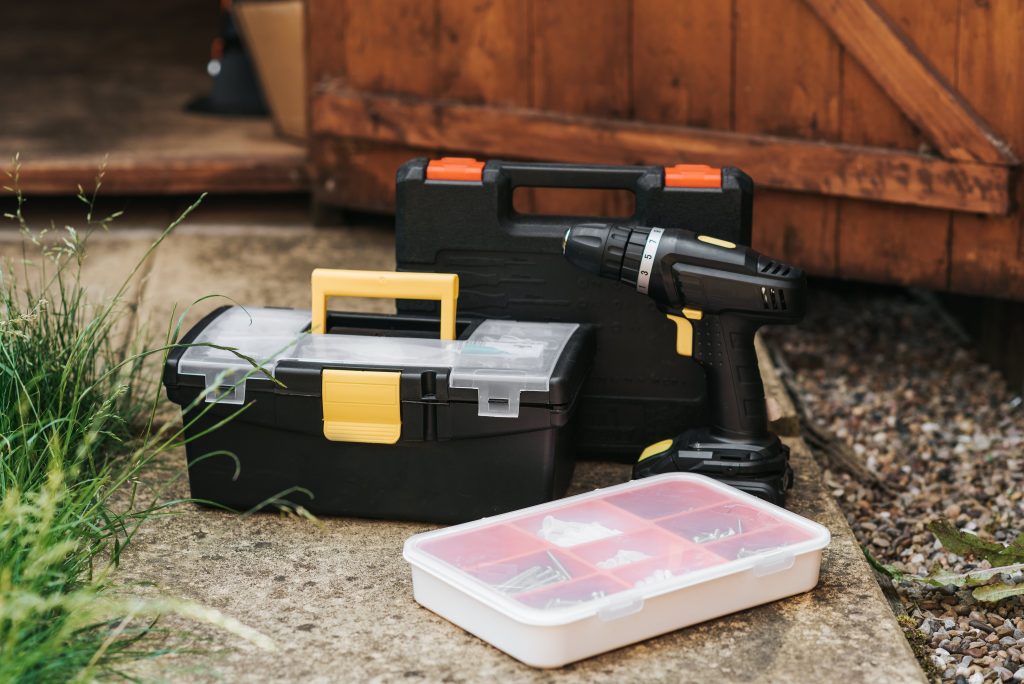
A comprehensive construction equipment cost management system should also include additional features that can streamline operations and make the system more efficient. These features can help users in various aspects of construction equipment management, from project bidding to job analysis and cost breakdown. Below is a list of relevant features that can be useful for an effective construction equipment cost management system:
- Bid Log & Analysis Workbook: Allows users to track and analyze submitted bids, helping them make informed decisions on future projects.
- Job Log and Analysis Workbook: Records project details, timelines, and equipment usage, which can be analyzed to improve project planning and management.
- Price Breakdown Structure Mapping Worksheet: Facilitates the categorization of expenses and helps in breaking down costs for better financial analysis and reporting.
- Discount Offer Worksheet: Helps in calculating and evaluating discounts offered by suppliers or equipment lenders, enabling users to make cost-effective decisions.
- Job Book Outline: Provides a structured format for documenting project information, progress, and equipment usage, enabling better organization and tracking.
- Internal Pre-Job Checklist: Streamlines the preparation process for new projects, ensuring all necessary steps are taken and resources are allocated efficiently.
By incorporating these additional features into your construction equipment cost management system, you can further optimize your equipment management processes and achieve better results.
How SumatoSoft Built an Equipment Cost Management System
SumatoSoft is a software development company that provides full-cycle software development services and every development phase as a separate service.
We went through every step in this article when building an equipment cost management system for our Client. So all steps are proven by experience. In case you are looking for a development company to build or integrate a such type of software, here are some key facts about us:
- We specialize in IoT software development, Big Data services, well-conceived enterprise software development. We have relevant expertise in the construction industry.
- We focus on long-term cooperation. 70% of our clients come back to us with another project.
- Our client’s satisfaction rate is 98%, thanks to our firm commitment to deadlines and their needs.
- We work transparently. we communicate weekly, run demos of the work done, provide several contact points, send timesheet reports every month even if you don’t request them, explain potential risks and help to handle them, advise on the decisions, and help to avoid unnecessary costs.
- 70% of our team is senior-level developers.
- Efficient Management of time zone differences: We adapt our development process to provide the desired amount of overlapping work hours between our team and the Client, ensuring seamless communication and collaboration.
Contact us to get a free quote on your project!
Summary
In this article, we outline the essential steps for building an effective construction equipment cost management system to optimize usage and minimize financial uncertainties. These steps include accurately calculating charge rates, proactively addressing external risks, creating a system that accommodates diverse equipment types, ensuring high-performance calculations, leveraging powerful visualization and analytics, and incorporating valuable additional features. Throughout the article, we emphasize the importance of designing well-structured system architecture and selecting the right technology stack based on the desired functionality, scalability, and ease of use. By following these guidelines, construction companies and equipment lenders can better manage equipment costs and ensure the long-term success of their projects.
Let’s start
If you have any questions, email us info@sumatosoft.com

